Osgood Schlatters disease is a common knee condition in adolescents. It is characterised as an injury to the growth plate at the top of the tibia (shin bone) just below the knee.
The muscle group at the front of the thigh is the quadriceps, these muscles attach to the patella (knee cap), which then attaches to the top of the tibia (shin bone). In individuals who have not yet finished growing, a growth plate exists where the patella tendon inserts into the shin bone. Every time the quadricep muscles contract, they pull on the patellar tendon which in turn pulls on the tibia’s growth plate. When this force is too high or repetitive, irritation to the growth plate may occur. Irritation will lead to pain and sometimes an increased bony prominence at the front of the shin, known as Osgood Schlatters.

What are the symptoms of Osgood Shlatters?
Pain is generally localised to the front of the knee just beneath the knee cap. The pain may increase during activities requiring strong quadricep contractions, for example, jumping, squatting, going up and down stairs or running. The area where the patellar tendon attaches on to, known as the tibial tuberosity, may be tender to touch or kneel upon. There may also be a visible bony prominence or swelling present at the top of the shin bone.
How can physiotherapy help?

